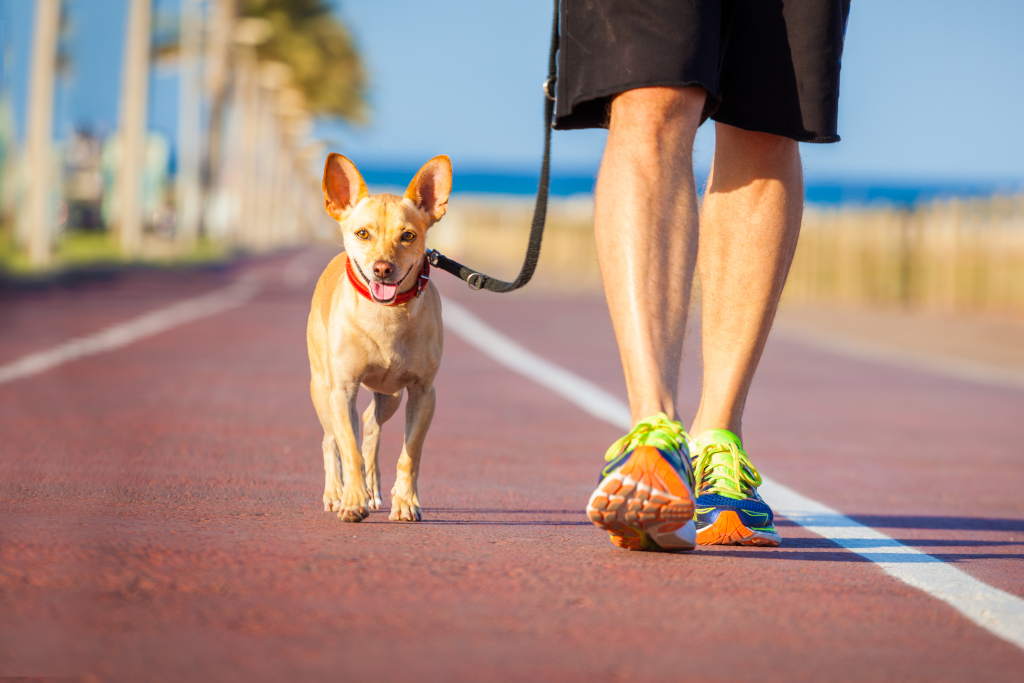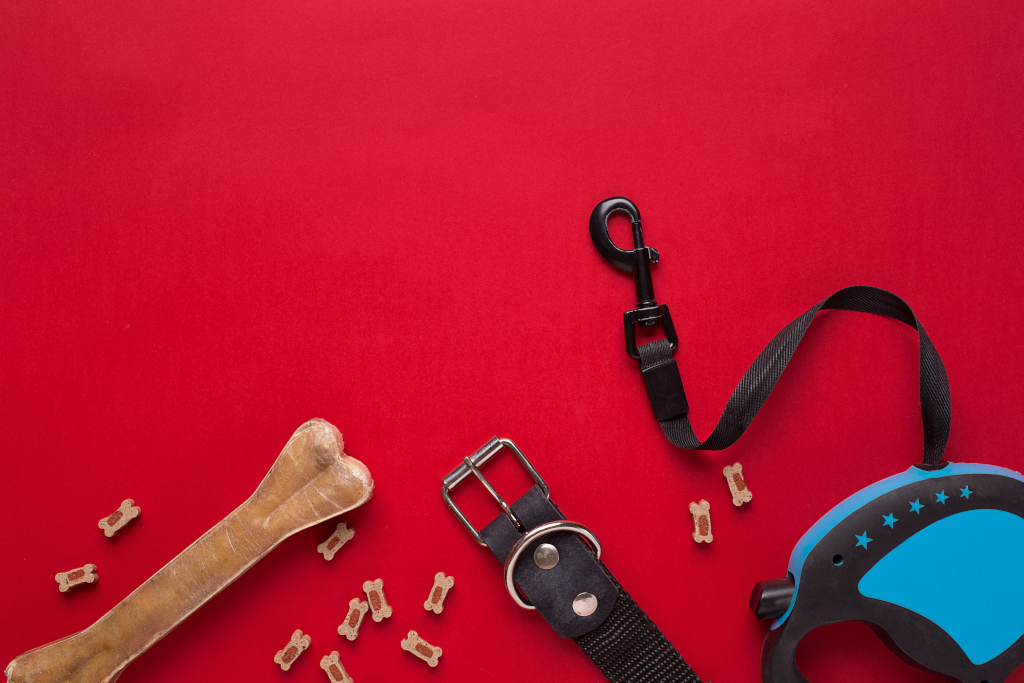
Loose leash walking is an essential skill for dogs that should not be overlooked.
Teaching your canine companion how to walk on a loose leash allows them to explore their environment in a safe and controlled way while also making walks more enjoyable for you and your furry friend.
This article will discuss the basics of loose leash walking, why it is important for our canine companions, what essential tools you need for successful training, and some common questions dog owners have about loose leash walking.
What Is Loose Leash Walking & Why is it Important?
Loose leash walking simply means that your dog walks calmly at your side without pulling on the leash. Many dog parents expect their canine companions to naturally know how to walk nicely on a loose lead without teaching them, but unfortunately, this is not true. Some people also think that dogs will grow out of leash pulling, and unluckily, that’s also not the case.
Why is teaching your dog loose-leash walking important?
Well. If you don’t, your pooch may pull or lunge forward when exciting smells, sights, or other dogs are on the horizon, and your shoulders, arms, and back will pay the price. And I’m sure you don’t want that.
Worse yet, your four-legged friend may put both of you in danger if they break free from their lead and run off into traffic.
Not only will teaching your pup to walk nicely on a leash be safer and more comfortable for you and your dog, but it will also help develop many other important skills, like trail etiquette, and curb unwanted behaviors, such as barking, lunging, growling, snapping, etc.
And if you’re doing it correctly, this is what loose leash walking looks like:
- No tension on the leash.
- The lead is in a loose “J” shape.
- Your dog doesn’t pull or tug.
- They stay at your side without weaving in and out of the path.
- Your dog ignores distractions and keeps their focus on you.
- Your dog pays close attention to you and matches your speed. They pause and wait for cues from you at street corners, busy intersections, and areas where there are a lot of distractions.
Tools You Need to Get Started

For successful loose-leash walking training, it’s crucial to have the right tools. Here are the ones that you’ll need:
1. Treats & Treat Pouch
No surprise here! You’ll obviously need treats to reward and reinforce good behavior. But don’t just bring any treats. Instead, mix it up with higher-value ones that your pup loves. This way, they will be more focused and motivated to learn.
And don’t forget the treat pouch! Now, there are many different types of treat pouches out there. I personally prefer and recommend ones with a waist belt, like the Ruffwear Treat Trader, simply because not all pants or shorts have belt loops.
2. Collar/ Harness
Not all collars or harnesses are created equal. A dog joring harness, for instance, is used to encourage dogs to pull (the exact opposite of what we want to achieve). These are made for activities like skijoring, bikejoring, and canicross.
So it’s essential to choose the right one for your canine companion.
For loose leash walking training, my favorite is always a prong and an e-collar (Herm Sprenger and Dogtra 1900S are the ones I use). These tools allow you to communicate clearly with your dog and effectively teach them good walking manners. The issue, though, is many people don’t know how to use them properly and might end up doing more harm than good.
Therefore, I recommend seeking the help of a professional dog trainer if you’re not confident with these training tools.
Alternatively, you can use a slip lead, martingale collar, or head harness.
If you’re on the fence about using any of the equipment mentioned above, go with an anti-pull harness. Unlike a standard harness, these harnesses have a front clip designed to discourage dogs from pulling by turning their body towards you when they hit the end of the leash. They also work great, but I don’t find the same success with them as I do with the other tools.
You May Also Like:
3. Leash
As for the leash, any standard leash will do. I recommend a 4- to 6-foot lead for loose-leash walking training. And if you’re anything like me and prefer a more durable yet lightweight leash that’s also soft on your hands, then go with the ones made of biothane material, like the Viper K9 Biothane Working Dog Leash.
4. Clicker
Some people love using clickers to train their pups as these devices always produce consistent sound, meaning no confusion for dogs. Plus, clickers also bridge the time gap between the behavior and reward, so your dog knows exactly what behavior it is that you’re rewarding them for, making the training a lot more effective.
That said, clickers are not a must-have. You don’t necessarily need to use one if you don’t want to. I personally don’t use it because I hate holding a leash in one hand and a clicker in the other. And it’s just easier for me to use “good boy/ girl” or “yes” as my marker.
You May Also Like: Clicker Training 101: A Beginner’s Guide
Loose Lead Walking Training FAQ
Q: Is teaching my dog to walk on a loose leash necessary?
A: Yes! Teaching your dog to walk on a loose leash is essential for safety and comfort reasons. And, after all, no one likes walking an unruly pup that’s constantly pulling on the leash.
Q: How long does teaching a dog to walk on a loose lead take?
A: It can take anywhere from a couple of weeks to several months, depending on how often you practice and how consistent you are with the training.
Q: At what age can I and should I start leash training my dog?
A: You can start leash training your puppy as soon as you bring them home, at around 8 weeks old. But just remember to keep the sessions short and be patient, as puppies at that age have a short attention span.

